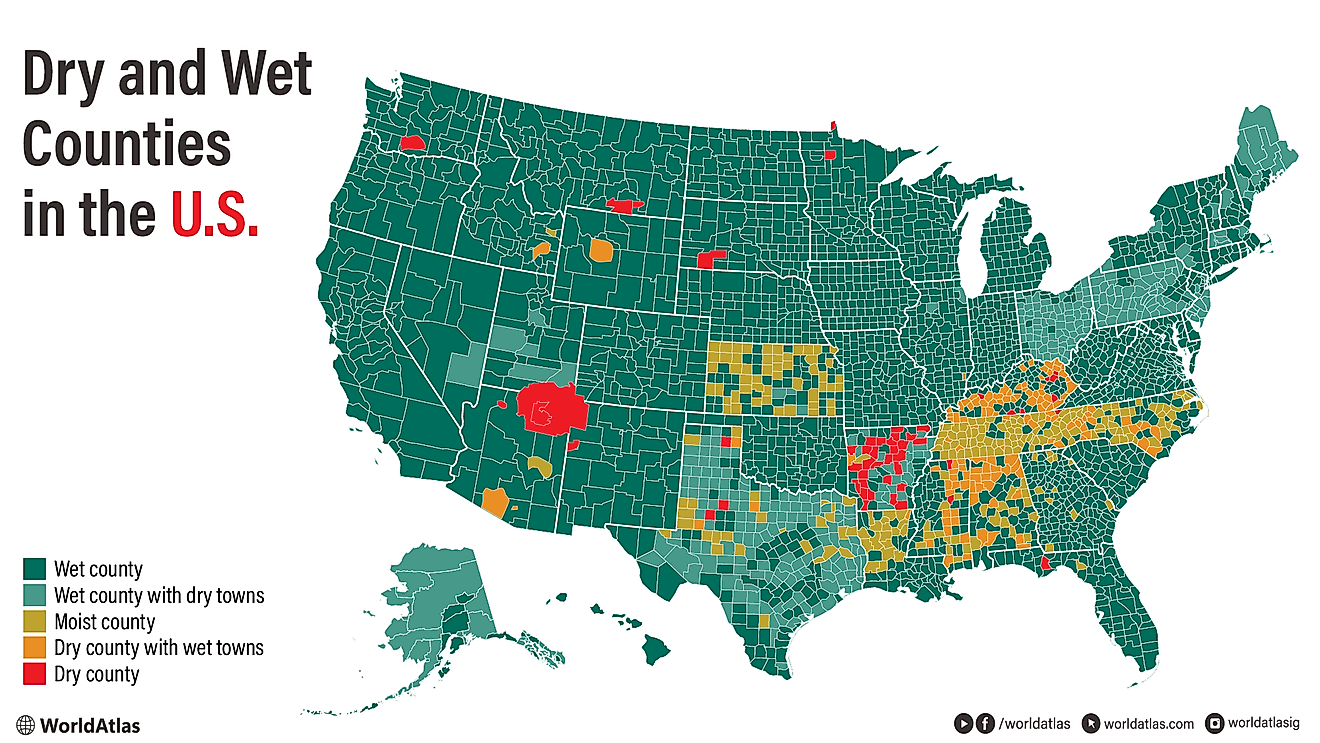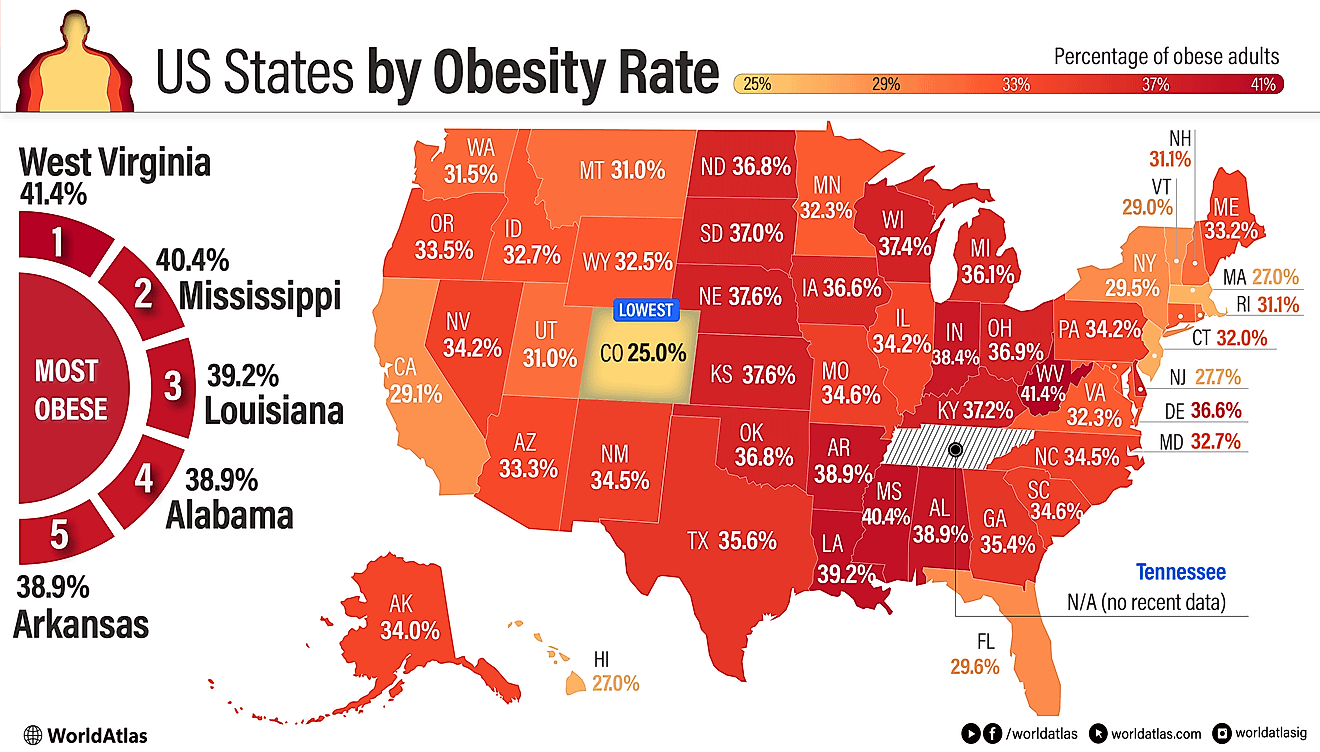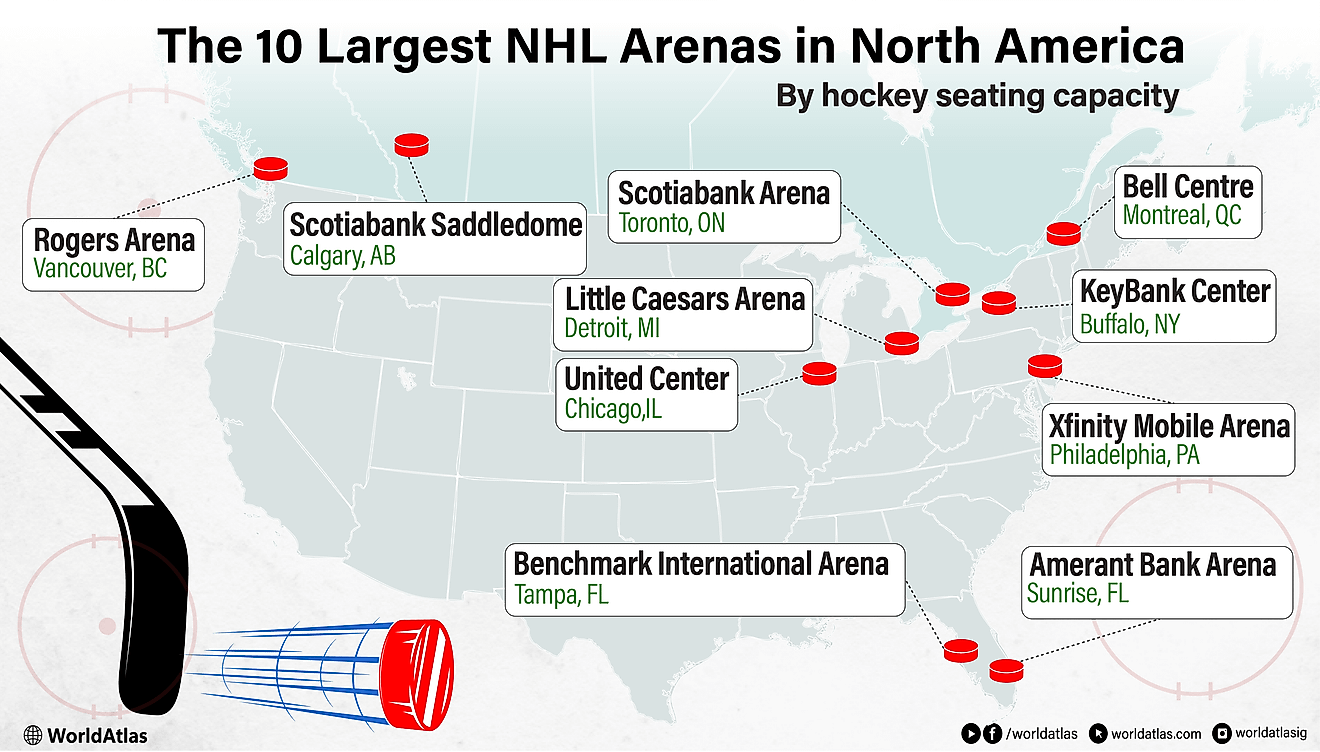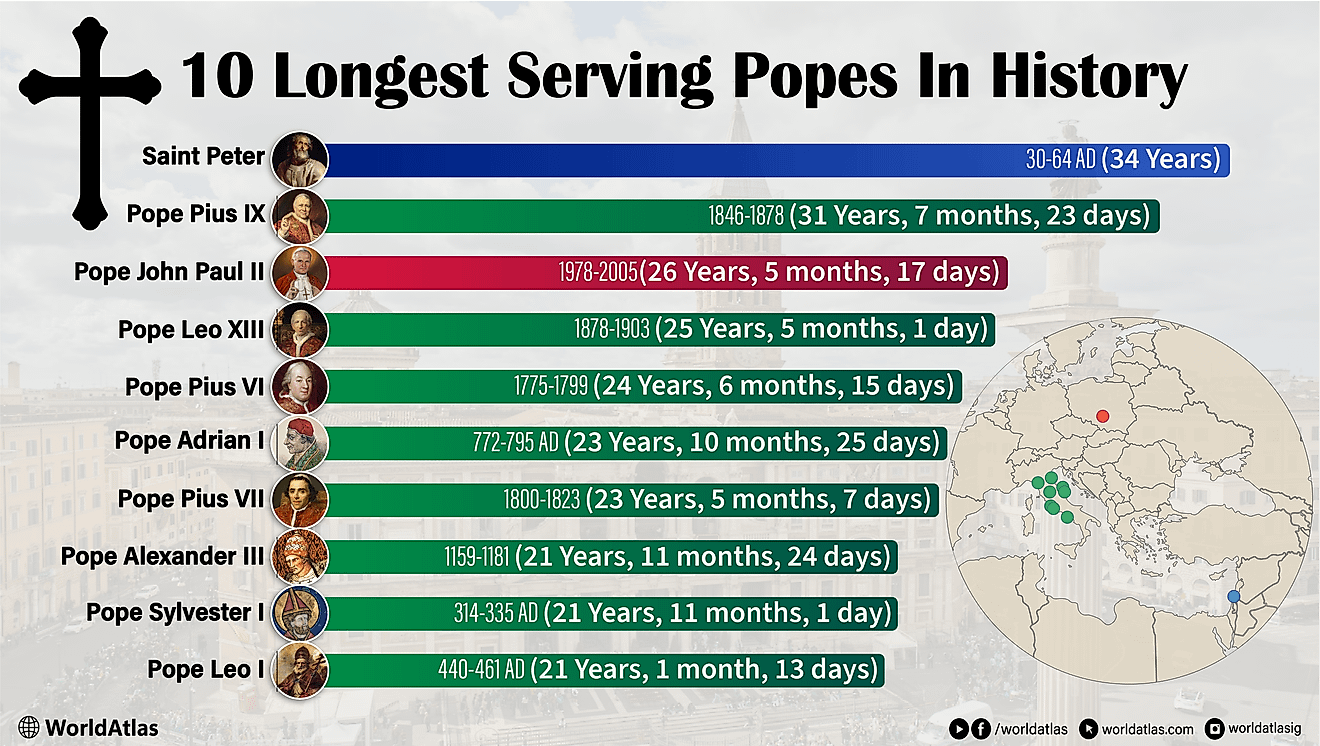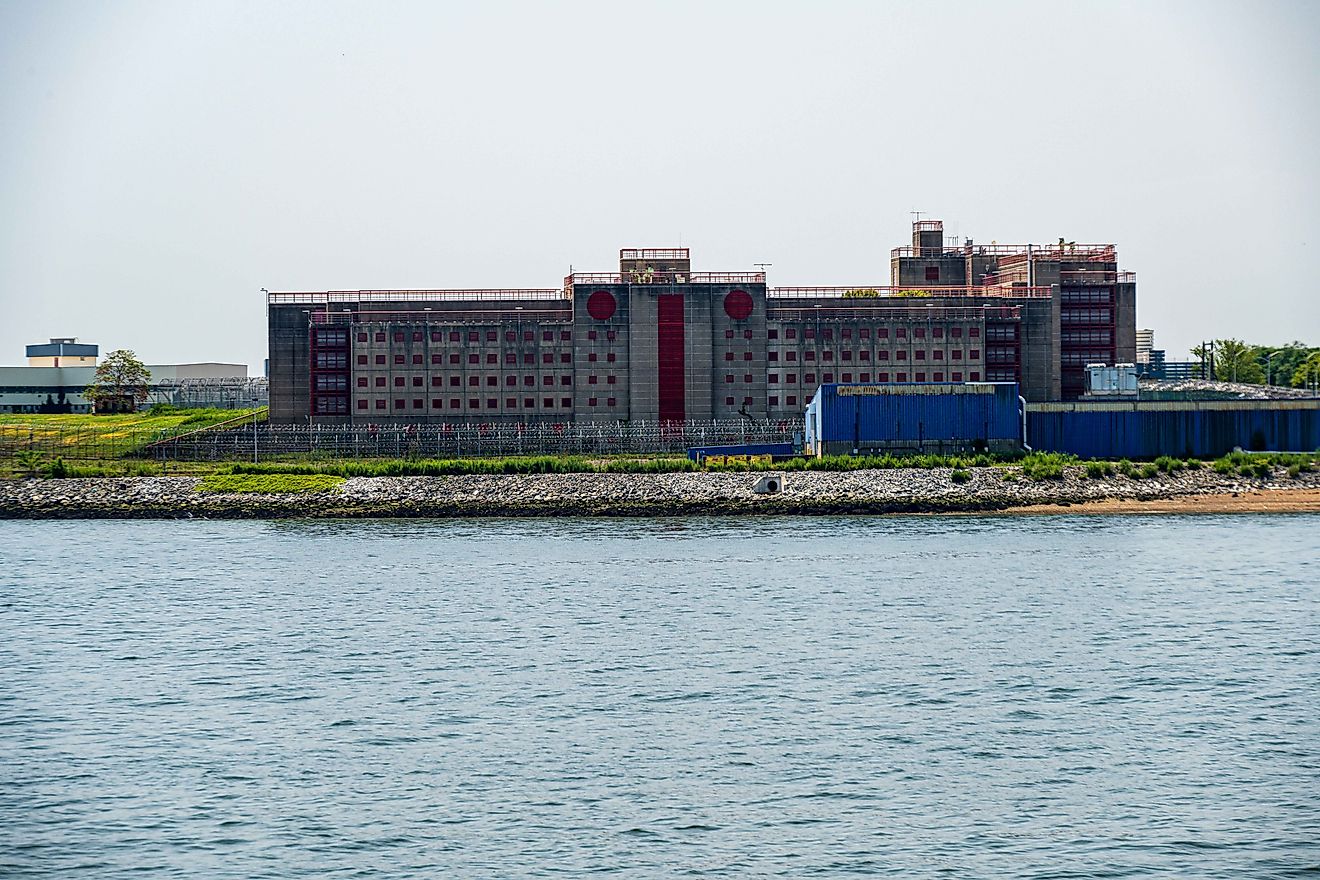What Was the Singing Revolution?

The Singing Revolution denotes the time from 1987 to 1991, a period which was important to the nations of Lithuania, Estonia, and Latvia in achieving independence. The phrase was first used by Heinz Valk, an activist and artist from Estonia. During the singing revolution period, songs were widely used as a way to preserve national identity and mobilize independent movements in the three countries.
Background
In the aftermath of the WWII, the Baltic States were completely integrated into the USSR through annexation and military occupation. Faced with a failing economy in the Soviet Union, Mikhail Gorbachev instituted glasnost (openness) as well as perestroika (restructuring) with the aim of encouraging productivity and liberalizing the service economy and the cooperative businesses. The implementation of glasnost overturned the restricted political freedoms. The Baltic States were further dissatisfied after they were made aware of several issues which had been kept away from the public by the government in Moscow. Other grievances included the nuclear fallout in Chernobyl and the war in Afghanistan. The non-Russian nations felt aggrieved on many accounts and sought freedom from the USSR.
Estonia
A series of spontaneous singing demonstrations in Estonia culminated in the 1987 mass demonstration which brought together 300,000 Estonians in Tallinn. The crowd sang national songs and hymns which had been forbidden. The Tartu Pop Music Festival held on May 14, 1988, featured five patriotic songs which inspired people to link their hands together. Patriotic songs became a common feature in subsequent festivals. On September 11, 1988, about 300,000 people gathered at the Tallinn Song Festival Arena to participate in a song festival dubbed ‘Song of Estonia.’ Trivimi Velliste, who was at the time serving as the Chairman Heritage Society, voiced the people’s ambition to regain independence. The singing revolution in the country lasted for four years and led to the 1991 proclamation of the independent nation of Estonia. Independence for the state was officially declared on August 20, 1991, without any bloodshed.
Latvia
The implementation of Glasnost and Perestroika served to increase aversion to the USSR in Latvia. The third Latvian National Awakening was one of the manifestations of this hostility. In 1986, information about two proposed projects became known to the Latvian population. One was a hydroelectric power plant on the Daugava River, and the other was a metro in Riga. The projects had the potential to destroy the nation’s landscape as well as its historical and cultural heritage. The Environmental Protection Club was established on February 28, 1987, and was at the forefront of Latvia’s fight for independence. The most notable event happened on August 23, 1989, where a 373 mile long human chain was formed from Tallinn to Riga, and finally to Vilnius. The country was declared fully independent on August 21, 1991.
Lithuania
In Lithuania, thousands of people consistently congregated in public areas to sing national songs in addition to Roman Catholic hymns. Numerous famous singers adopted the words of nationalistic poets as their song’s lyrics. The Sajūdis was created on June 3, 1988, as a social and political movement dedicated to lead the cause for independence. The gradual restoration of national symbols and monuments began in Lithuania followed by the legalization of the country’s national anthem as well as traditional national Tricolore on November 18, 1988. The nation declared its independence on March 11, 1990, a move which triggered a harsh response from the Soviet military. In a brave show of courage and nationalism, Lithuanians linked arms and sang songs while defending Parliament and the Vilnius Television Tower. The international community subsequently recognized Lithuania’s independence.
